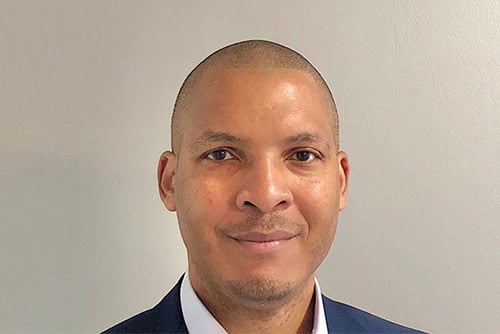

From diagnosis supported by artificial intelligence (AI), to 3D printing, virtual reality pain management, nanomedicine, and telemedicine – technology is transforming the healthcare sector. In many ways, technology is a boon to the industry. According to the Association of American Medical Colleges, the US faces a shortage of between 40,800 and 104,900 physicians by 2030. Emerging technologies can help with this problem by expediting diagnoses and allowing physicians to focus on complex cases.
However, change almost always comes hand in hand with new risks. As healthcare organizations and professionals start to incorporate more technology into their businesses, they face heightened liability risks, malpractice or misdiagnosis claims, data privacy and cyber security concerns, and property exposures.
Greg Wideman (pictured), brokerage manager, professional and executive liability, Burns & Wilcox, commented: “The healthcare insurance industry has become increasingly challenging due to emerging technology. Brokers are under pressure to find comprehensive coverage solutions for these new technologies and explain how they work in order to ensure adequate protection.”
As healthcare organizations adopt new technologies, the expectation is that diagnoses and services will ultimately improve, in terms of both accuracy and efficiency. This social expectation has impacted the insurance industry by increasing the severity of healthcare claims. Should litigation arise, plaintiffs are being awarded more money than they were in the past because there is the belief that with new technologies in place, physicians should not be making mistakes.
A leading cause of loss in the healthcare insurance industry is misdiagnosis or no diagnosis of an existing condition. According to Wideman, this recurring problem can be largely attributed to physicians compensating for a shortage in their ranks by trying to get patients through the system as quickly as possible. Physicians are spending less time with patients and they are asking fewer questions. As a result, misdiagnosis numbers are on the rise, he added.
Some healthcare organizations are turning to telemedicine to enable virtual visits with doctors, nurses or other healthcare specialists, in order to speed up the consultation process. Offering video conferencing, messaging and mobile app-based communication gives patients the option to get check-ups and status updates from a remote location, but it also impacts physicians’ liability.
“Physicians used to physically examine patients and do in-person diagnostic testing, but now a lot of that is being done over the internet or via an app,” Wideman told Insurance Business. “I think [telemedicine] opens up new liability for physicians because they are not in front of the patient and they are not necessarily asking the questions they would normally ask during an in-person consultation.”
Another risk that is becoming increasingly problematic in the healthcare industry is data privacy and cyber liability.
“There is a lot of consolidation going on in the healthcare industry right now, with small physician groups combining with hospitals, telemedicine providers, and pharmacy groups. This consolidation is presenting more cyber liability issues,” Wideman added. “Smaller physician offices struggle to implement the same cyber security practices and maintain the same IT support staff as the larger hospitals and healthcare systems. When they consolidate, that changes the exposure of the overall group.”
In the era of electric medical records, cyber criminals are targeting healthcare organizations in order to extract and exploit the sensitive medical information that they hold. Issues could arise in the future with hackers compromising virtual healthcare tools or even commandeering robot-assisted surgical equipment.
In such a fast-paced and changing environment, healthcare providers should review their insurance coverage limits and deductibles with their insurance brokers to ensure they are properly protected, Wideman noted. As we start to see more complicated risks, it is important for brokers to ask in-depth questions to better understand the exposures they are being asked to place. Brokers can work with a wholesale partner, like Burns & Wilcox, for their expertise and trusted counsel in navigating solutions.
